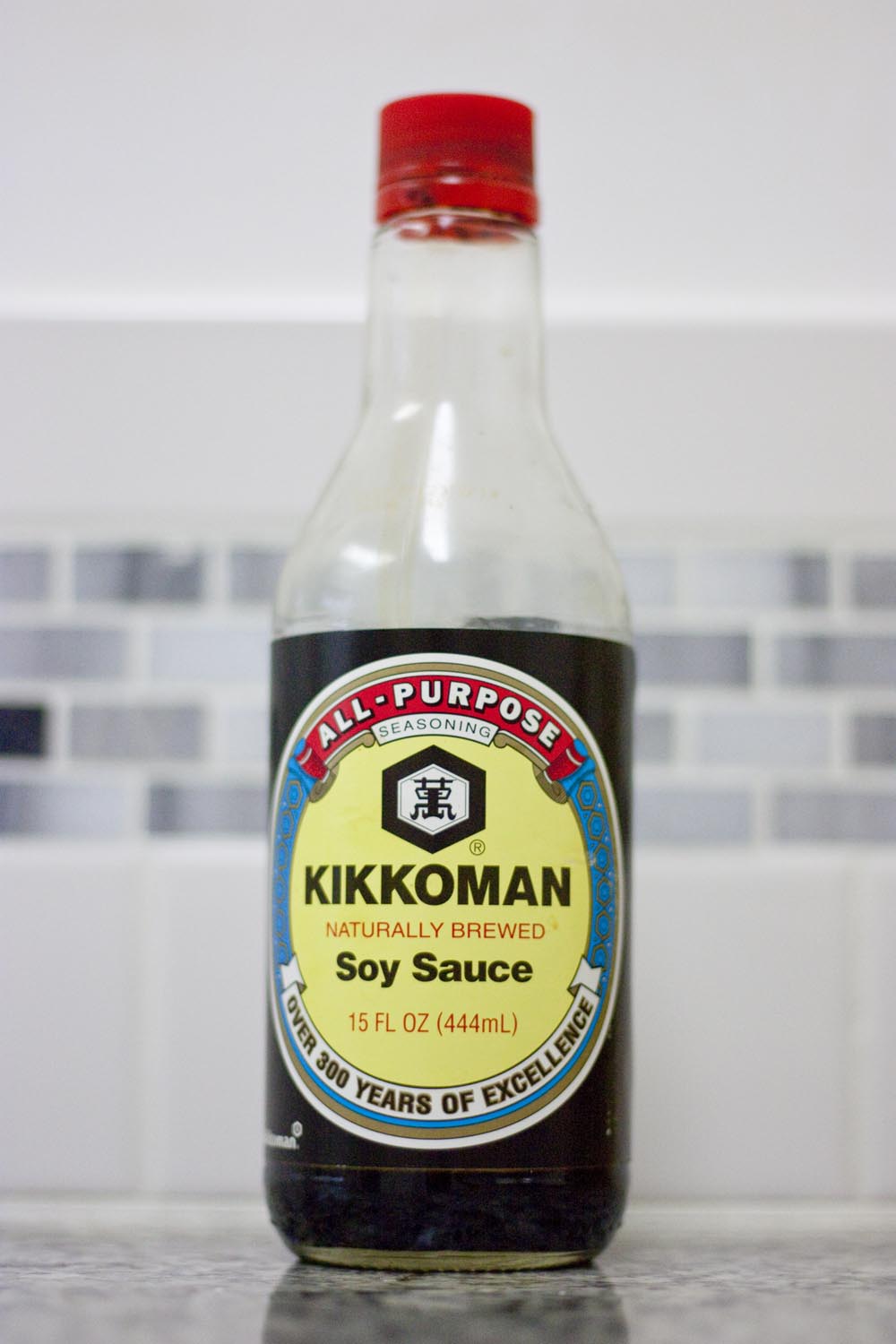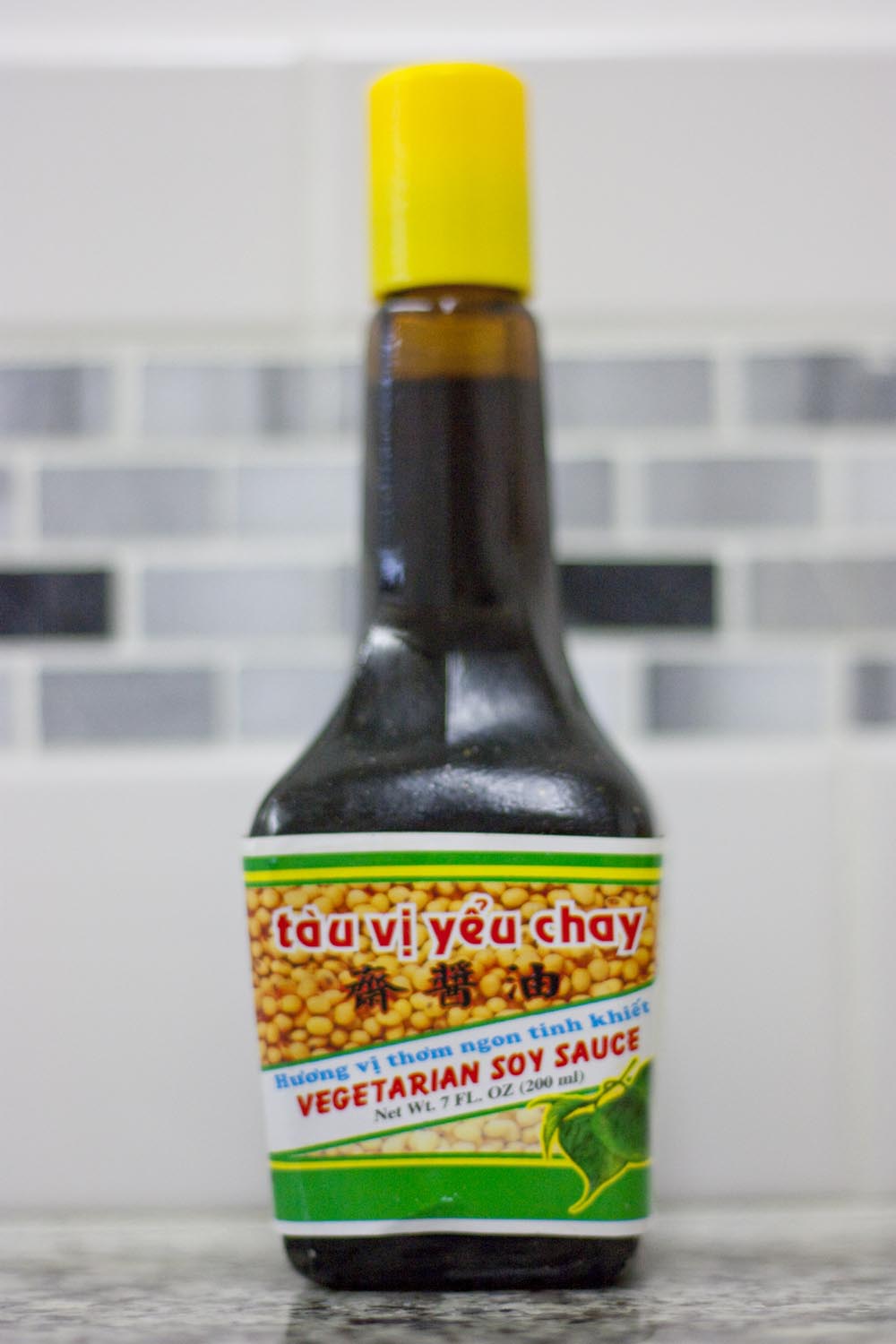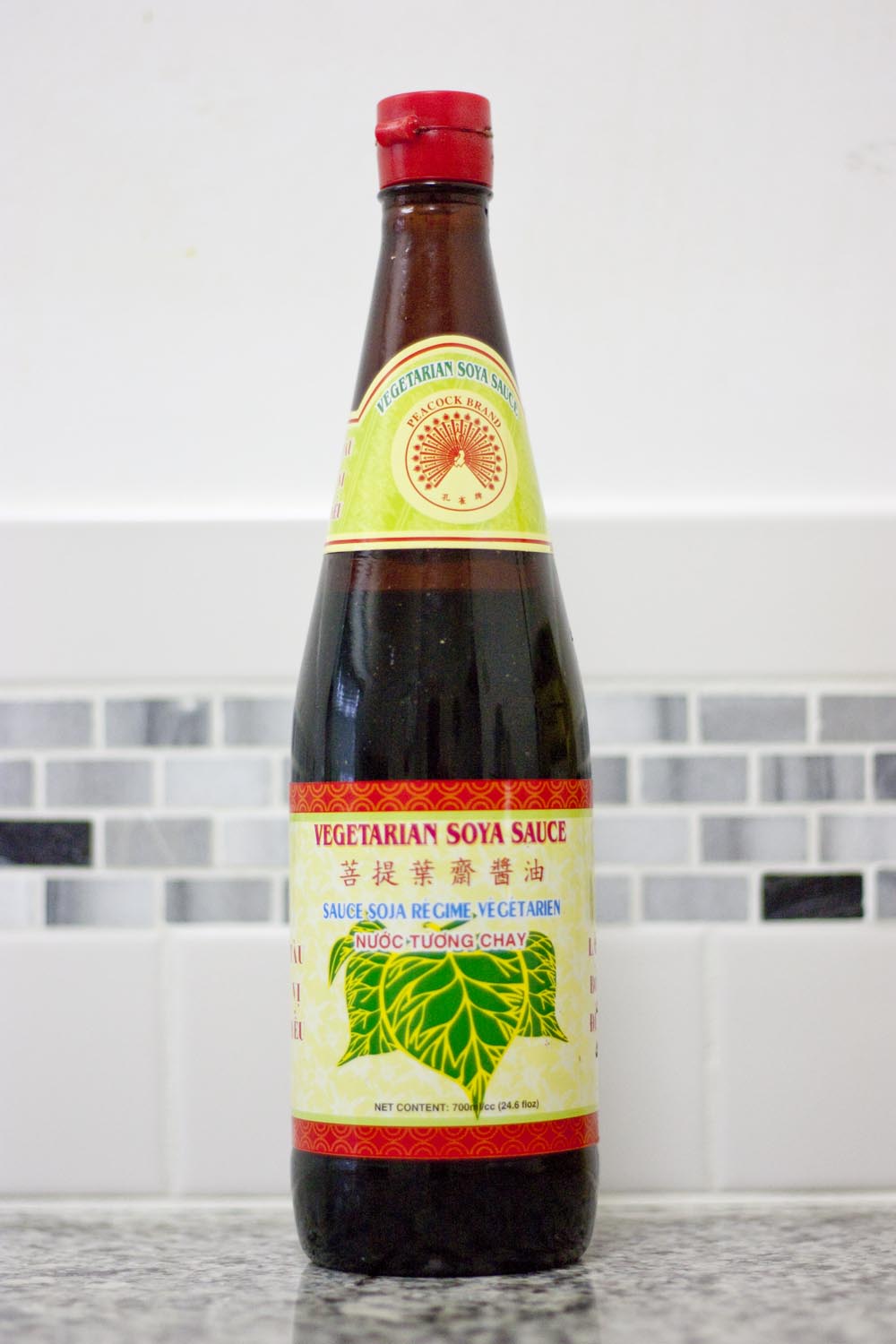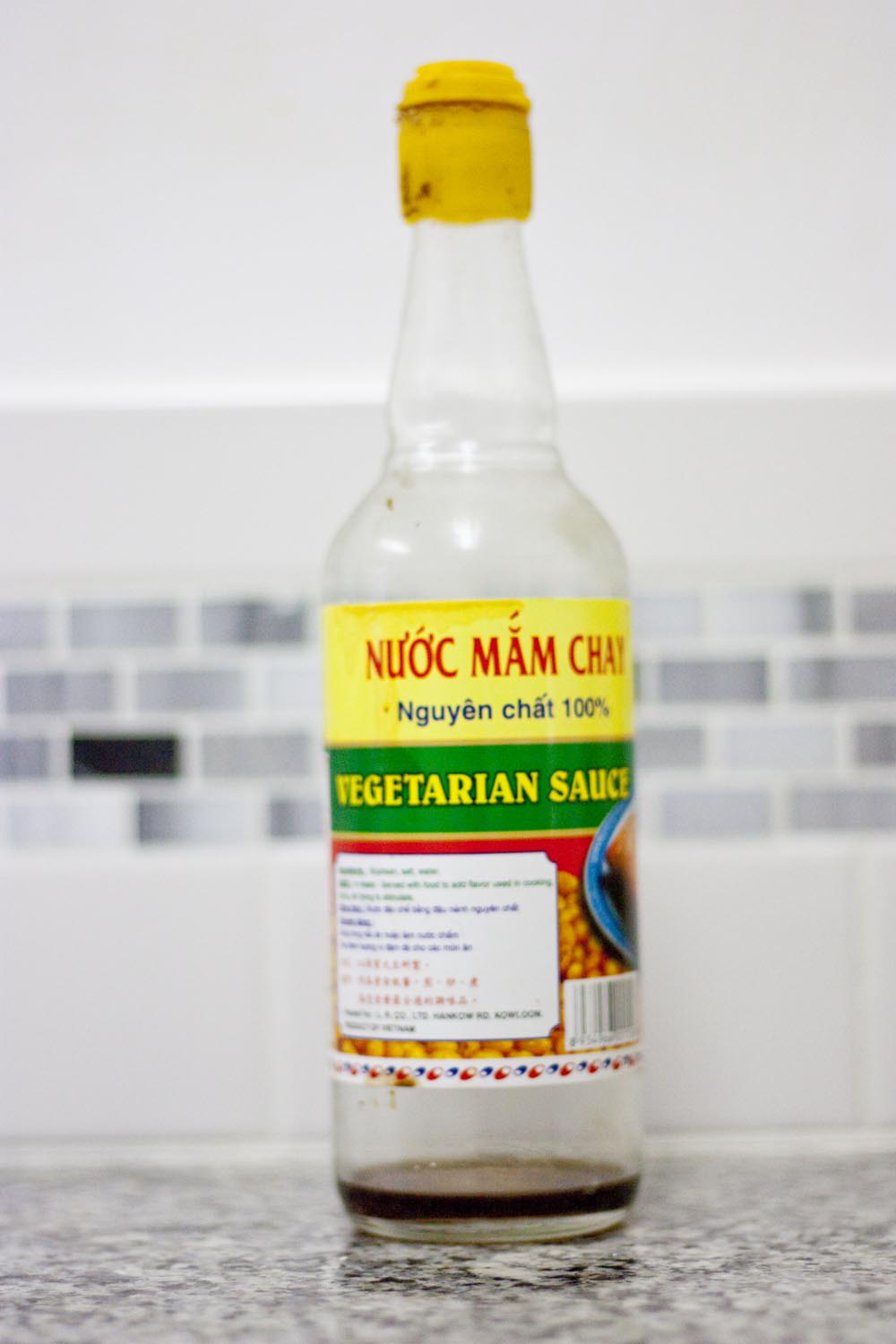
This is one of the most common mass-produced soy sauces, but contains more wheat than soybeans and also has sodium benzoate as a preservative.
A few weeks ago a friend asked me what the difference was between tamari and soy sauce. I told her they were both based on fermented soy beans and had slightly different flavors but I really did not know what made them different. We agreed that I would research the topic, let her know what I discovered and use it for a post here. The subject turned out to be more interesting than I would have thought for products that I have used for most of my life.

A Vietnamese “soy sauce” that has no grain but uses sodium benzoate as a preservative. This sauce would be called tamari in Japan.
Soy sauce is of Chinese origin and was first brewed over 2,500 years ago. Soybeans and wheat are soaked, boiled, inoculated with a few specific molds and left for several days. The beans and grain are then mashed, mixed with brine and have bacteria added. This mixture is aged for weeks to years depending on the type of soy sauce. When fermented to the desired state the mash is squeezed and the resulting liquid is the soy sauce. Traditional soy sauces may also use barley or other grain, or a mixture of grains, along with the soybeans. The proportion of soybeans to grain determines the characteristics of the final product.

A Chinese soy sauce using more soybeans than wheat and added mushroom extract with just a little sugar. A thick sauce with very rich flavor.
Tamari is a more recent Japanese adaptation of soy sauce. The process of making tamari is very similar, but no grain is used. The only ingredients of traditional tamari are soybeans, water and salt, plus the various molds and bacteria used to achieve fermentation. Tamari also tends to be aged longer than many soy sauces.
Because it is all soybeans, tamari has nearly 40% more protein than soy sauce and is darker in color. The flavor of tamari is generally richer but less salty than soy sauce. Tamari holds up to cooking much better than soy sauce because of the higher protein content. This makes tamari better for pre-cooking marinades and flavoring dishes during cooking and soy sauce better for use just before serving or at the table.
Similar fermented soy sauces are also popular in Korea, Vietnam and other southeast Asian countries. There is usually no distinction made in these countries when wheat is used or not used. Soy sauces from this region also tend to have some sugar added.
Soy sauce and tamari often do not cause the problems sometimes associated with eating fresh soy products. This is because the extensive fermentation process breaks down many of the troublesome compounds into other forms that actually promote health. Although high in salt, one of the fermentation by-products blocks the enzyme that causes blood vessels to constrict, preventing raised blood pressure when eating soy sauces. Most allergic and hormonal reactions resulting from fresh soy products are avoided and many of the fermented compounds have anti-inflammatory or anti-oxidant properties in the body. All of these sauces can be considered healthy whole foods.


